I lived in Tokyo for 10 years; long enough to become a devotee of the country’s bathing rituals. In Japan, a bath is more than just an act of cleansing; it’s also a means of relaxation and reflection, with roots in Shintoism beliefs.
According to Shinto principles, water purifies the body and washes away sins, but let’s not forget it’s also a fantastic way of winding down at the end of the day. When I first moved to Japan, I was unfamiliar with the protocol: no bather enters a bath until they have scrubbed themselves clean (it’s a custom that arose from the tradition of collective bathing in hot spring pools and local bath houses, where everyone shares the same water). As a result, bathrooms in hotels or in homes typically include a tub for soaking, adjacent to a low shower with a small stool for sitting and washing first.
I’ve become a lifelong devotee; here are some elements for recreating the Japanese bathing experience in your home:
Above: When daily bathing in the local bath house was common practice, bathers would don a yukata and carry a bucket filled with their soap, shampoo, and washcloth. This Japanese Bath Bucket is made from cypress; $63 from Goods from Japan.
Above: The Japanese don’t mess around: the skin is scrubbed head to toe with a washcloth held at either end. We like the look of this Linen Body Washcloth; ¥900 from Analogue Life. The washcloth is made from manually spun yarn and woven linen that has been made by the same company for over 300 years.
Above: When scrubbing is not enough, try the Japanese Massager Brush from Terrain $18.
Above: Charcoal Soap made from organic vetiver and myrtle oils by Babaghuri from Analogue Life for detoxing the skin: ¥1,200.
Above: No mineral water on hand? Try adding Binchotan Charcoals to the bath. The charcoal will absorb chemicals in tap water and enhance blood circulation in a hot bath; $20 from Terrain.
Above: Hinoki Bath Mat from Canoe; $50.








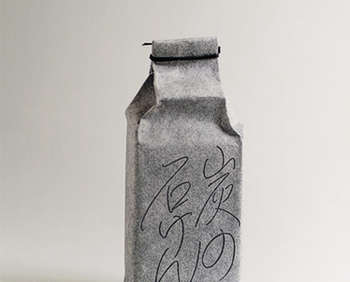
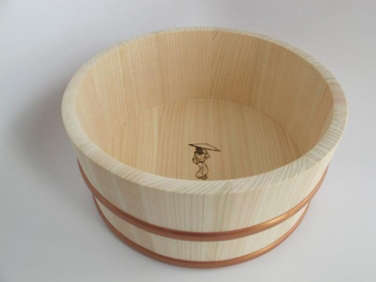
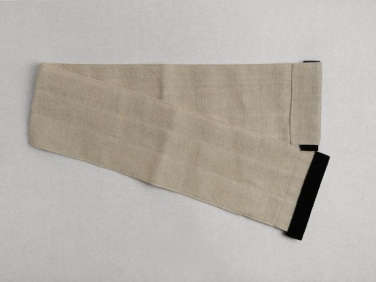
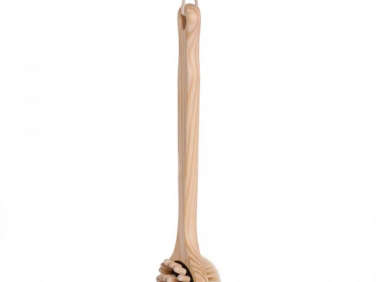


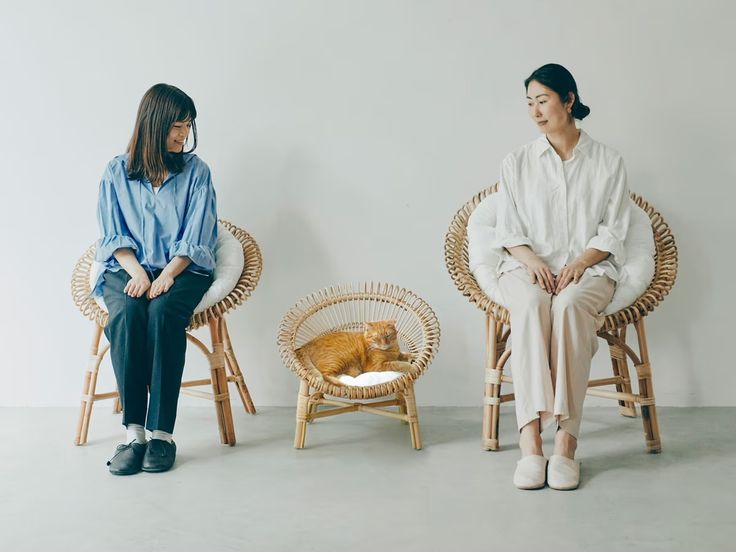



Have a Question or Comment About This Post?
Join the conversation